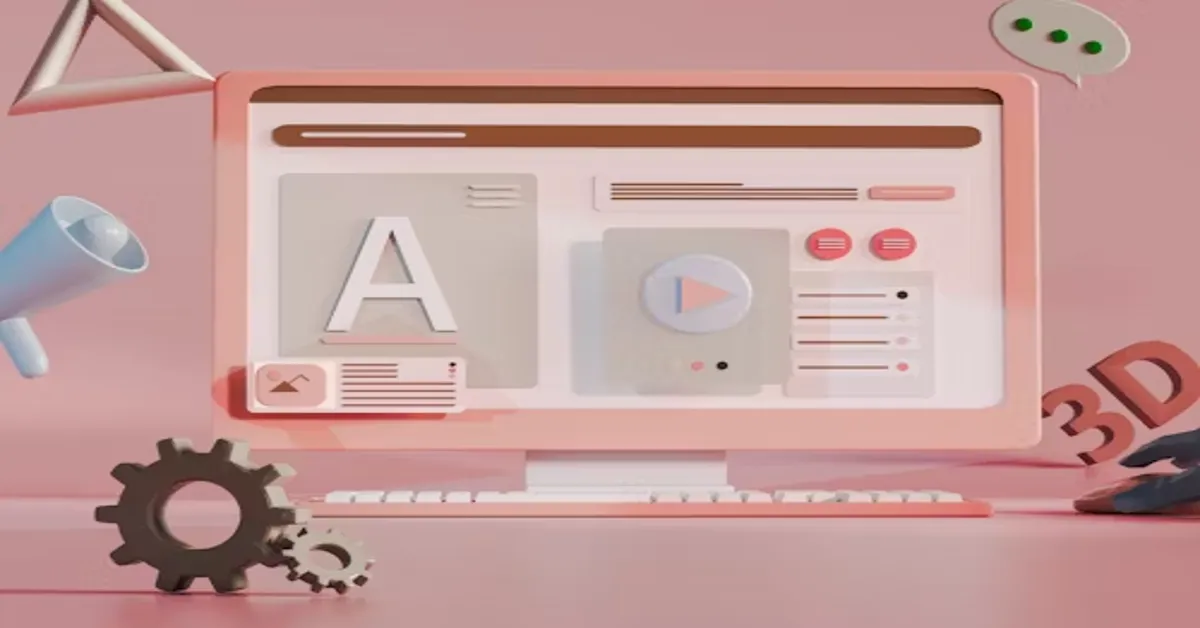Redesigning a website is a big decision for any business owner. You may wonder if it is worth the time and money.
Maybe your current site feels slow, outdated, or fails to attract new customers. Security concerns and poor user experience can also add to your worries.
Investing in a website redesign sounds promising, but it can feel overwhelming. How do you know if you are making the right choice? What should you expect from the process?
In this blog, a seasoned Chicago web design agency will help you avoid common mistakes that many businesses make during a redesign. We will walk you through key areas to focus on so your investment pays off.
If you want a website that truly supports your goals, read on to learn how to get it right.
A Beautiful Site with No Strategy Is Still a Bad Investment
Many business owners focus on how their website looks first. They want a modern design, cool graphics, and flashy features.
While these things matter, they should never come before a clear strategy.
A website without a plan is like a map with no directions. Visitors get lost, miss the key stops, and leave without reaching their destination.
You could have the best-looking site, but if it doesn’t guide visitors to contact you, make a purchase, or sign up, it won’t help your business grow.
Before starting a redesign project, define what your website needs to achieve. Ask yourself:
- Do you want to generate more leads?
- Are you looking to showcase your work or portfolio?
- Is selling products online a priority?
Your design decisions should support these goals every step of the way.
A web design agency can help you build this strategy. When design and purpose work together, your website becomes a powerful tool, not just a pretty page.
Your Website Is Not for You: It’s for Your Clients
It’s easy to design a website based on what you like. But your website isn’t for you. It’s for your clients and prospects.
What appeals to you might not attract your target audience. Your site should speak their language and solve their problems.
Understanding your audience is key. Consider these questions:
- Who are your ideal customers?
- What problems do they want solved?
- How do they prefer to find and use information online?
When your website answers these questions, visitors feel understood. They are more likely to stay longer and take action.
Translating customer needs into a functional, effective website takes more than just personal taste. It involves thoughtful choices around layout, content, and structure that make it easier for visitors to take the next step.
When a site feels clear and helpful, people stay longer, explore more, and are more likely to reach out or return later.
Ignoring User Experience Will Cost You Visitors
First impressions happen fast. If your site is slow to load, hard to navigate, or confusing to use, most people will not stick around.
User experience is not just about how a site looks. It is about how smoothly someone can find what they need and take action without frustration.
Common issues include:
- Pages that load too slowly.
- Menus that are hard to understand.
- Layouts that feel cluttered or outdated.
These problems do not just annoy visitors; they lead to lost opportunities. If your competitors offer a smoother experience, your audience will move on.
Improving user experience is one of the most effective ways to increase engagement and trust.
Even small tweaks can make a big difference in how people interact with your brand.
Skipping Content and SEO Planning Undermines Your Efforts
Great design is only part of the equation. If people can’t find your site or don’t see a clear message once they arrive, the design alone won’t move your business forward.
Many redesign projects focus heavily on visuals and overlook content strategy and SEO. This results in visually appealing pages with weak messaging and poor visibility.
To get real results, your content needs to:
- Speak clearly to your audience’s needs.
- Include the keywords they search for.
- Guide them toward action with strong calls to action.
Search engines reward websites that are clear, helpful, and relevant. Without planning your content and structure with this in mind, your redesign may not deliver the results you expect.
Strong content and smart SEO turn your website from a digital flyer into a growth tool.
A Redesign Is Just the Beginning: Plan for Growth
A website redesign is more than a fresh look. It is your chance to align your online presence with your business goals.
To get real results, you need more than design trends. You need strategy, content, and a focus on user experience.
When done right, a redesign sets the stage for long-term growth. Think beyond the finished product and build something that keeps working for you.

